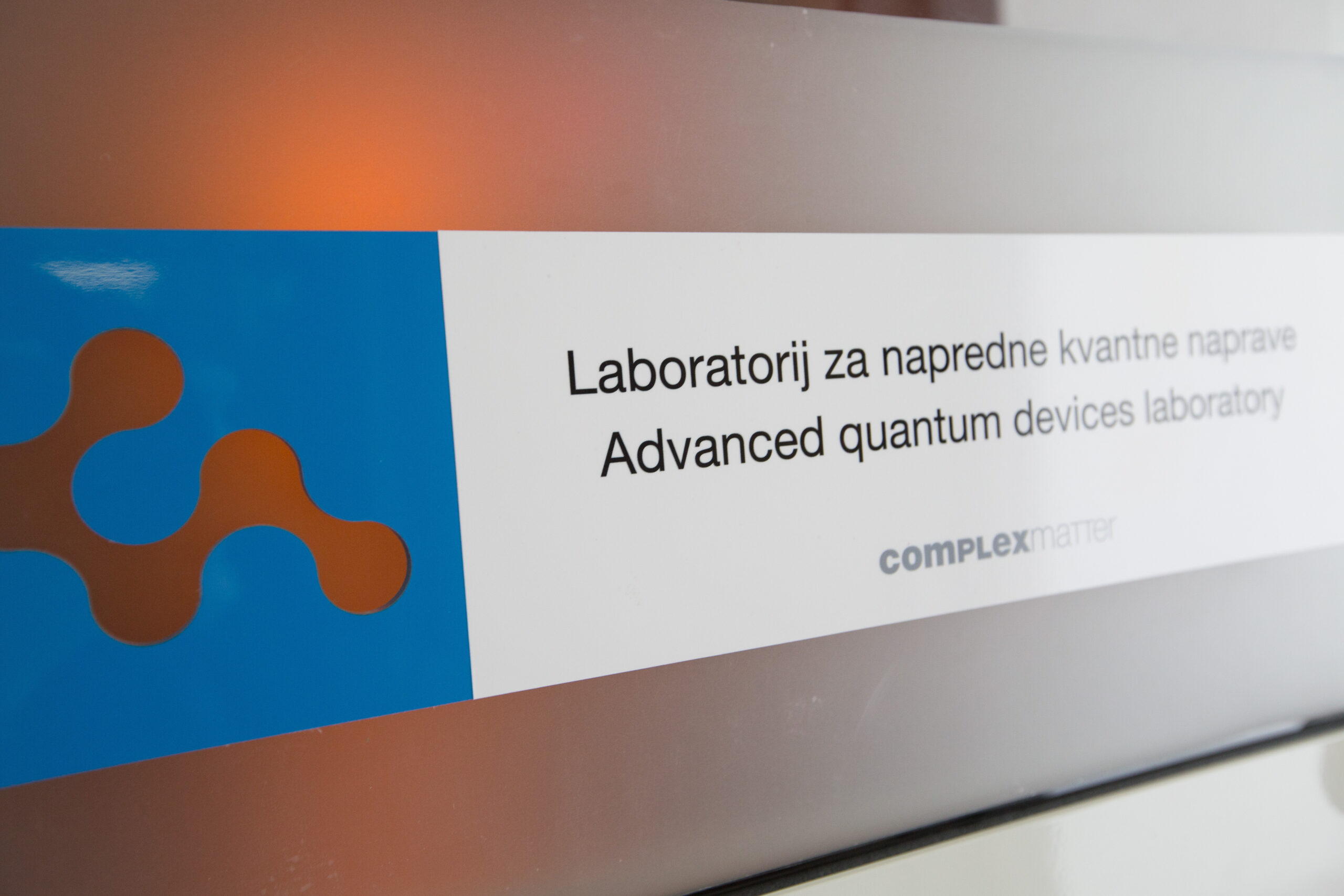The manipulation of macroscopic properties of magnetic materials on ever shorter timescales, while minimizing the energy dissipations as much as possible, is of great fundamental and practical interest. A major research effort aims to establish basic elements for wave-like computing at operational frequencies surpassing the state-of-the-art GHz-range [1, 2]. In this perspective antiferromagnets promise a huge performance boost due to their high magnon frequencies in the THz region [2]. One still unsolved key challenge regards the conversion of THz spin- into charge-signals.
It has been widely demonstrated that coherent magnons can be photoinduced in conventional antiferromagnets, meaning materials that are neither magnetoelectric nor multiferoic [3]. In particular, the photoinduced spin dynamics of Nickel oxide (NiO) were extensively explored [4,5]. On the other hand, the transient electronic properties on ultrashort timescales have been barely investigated [6]. It is therefore an open question, whether photo-driven coherent magnons can couple to charges in a conventional antiferromagnet.
Aiming at bridging this knowledge gap, I have developed an experimental apparatus enabling cryogenic optical and magneto-optical pump-probe spectroscopy in the visible and near-infrared (VIS-NIR) region from the scratch. The set-up allows the optical generation of coherent magnons by pumping in the NIR-spectral region while investigating the transient electronic properties across a broad spectral range from 400 to 2500 nm. The electronic dynamics can be monitored by measuring the transient transmissivity. To improve the sensitivity of the set-up for measurements of this quantity down to the order of 10-6 I implemented a balanced detection scheme.
Our experimental findings show that coherent magnons with the frequencies of 1 THz are photoinduced and can modulate the transient transmissivity. Therefore, the optically induced magnetic coherence is transferred to the electronic system. We emphasise that this evidence is surprising, because it first is in contrast with previous reports [6] and second NiO is a not magnetoelectric material. Intriguingly, systematic measurements performed as a function of the probe photon energy reveal that the transient transmissivity is modulated be coherent magnons exclusively in correspondence of certain values of the probe energy. The experimental evidence is consistent with a magnon-induced modulation if the energy of some d-d transitions of NiO. We have developed a theoretical framework addressing how magnetic collective excitations can modify the energy of specific electronic transitions in NiO. The predictions of the model are in excellent agreement with the experimental results, demonstrating that the origin of this peculiar observation is the spin-orbit coupling.
References
- V. Kruglyak, S. O. Demokritov and D. Grundler, Journal of Physics D, 43, 264001 (2010)
- B. Jungfleisch, W. Zhang and A. Hoffman, Physics Letters A, 382, 856 (2018)
- Němec, M. Fiebig, T. Kampfrath et al., Nature Physics 14, 229–241 (2018)
- Bossini, M. Pancaldi, L.Soumah et al., Physical Review Letters, 127, 077202 (2021)
- Tzschaschel, K. Otani, R. Iida et al., Physical Review B, 95, 174407 (2017)
- Satoh, S, Cho, R. Iida et al., Physical Review Letters, 105, 077402 (2010)
